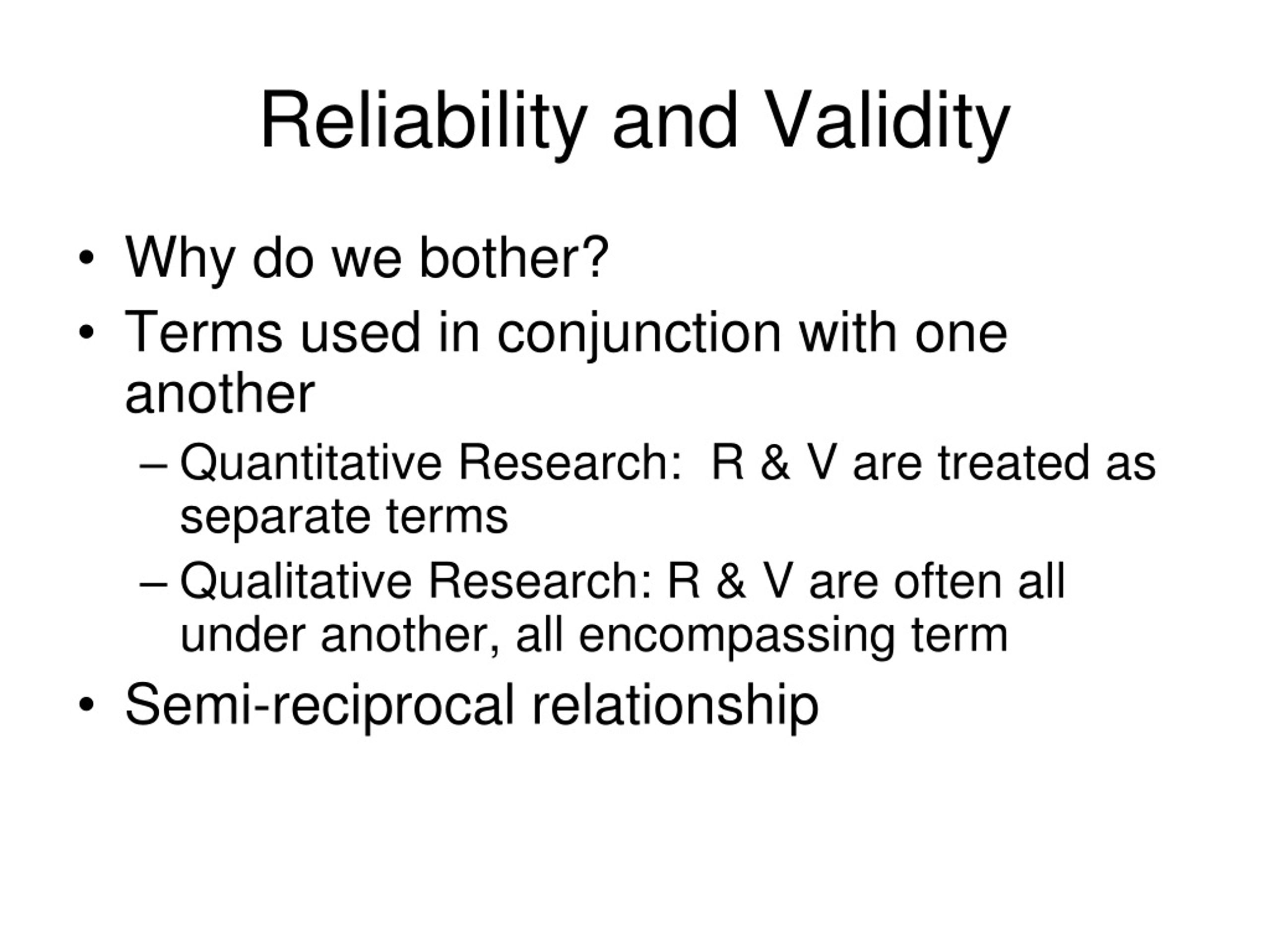

Reliability coefficientsĪ reliability coefficient presents the measure of how well a test or a research instrument measures the achievement. The test-retest reliability represents the consistency of a test measure across time and interrater is the reliability which represents the consistency of the measure across observers or raters.

The other types include test-retest and interrater. On the other hand, external reliability of a test implies how well the test can be generalized beyond what it is meant for. Internal reliability of a test measures how well the test actually measures what it is supposed to measure. Reliability is categorised as internal and external reliability. The Kuder-Richardson 20 measures the internal reliability for binary tests and Cronbach’s alpha measures the internal reliability for the tests having multiple answers. Thus, it can be said that reliability refers to the measure of consistency or stability of the test scores.ĭifferent statistical tools are used to measure reliability, such as, the Kuder-Richardson 20 and Cronbach’s alpha. For example, if a thermometer displays same temperature of a same liquid sample under identical conditions, then the results can be considered as reliable. If by using the same technique or methods, same outcome is consistently achieved under similar circumstances, then the measurement is said to be reliable.

Reliability of a technique, method, tool or research instrument implies how consistent it measures something. In a research, a measurement can be reliable but not necessarily be valid, however, if a measurement is valid, then it is considered to be reliable. The differences between the two are very subtle. These two concepts are very closely related, although their meanings are different. In a research design, especially in a quantitative research, reliability and validity are highly important. While reliability deals with consistency of the measure, validity deals with accuracy of the measure.

Both these concepts imply how well a technique, method or test measures some aspect of the research. These are used to evaluate the research quality. Reliability and validity are two important concepts in statistics.


 0 kommentar(er)
0 kommentar(er)
